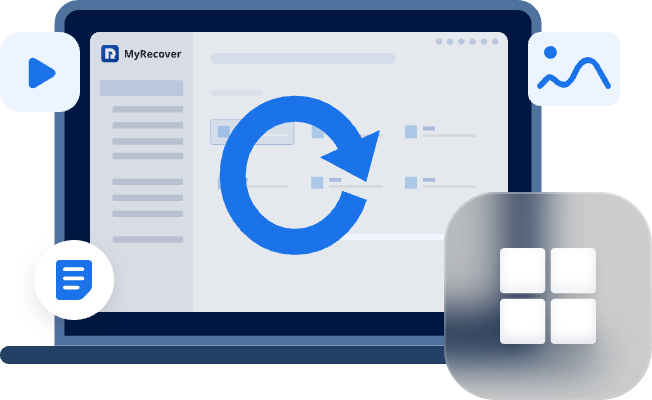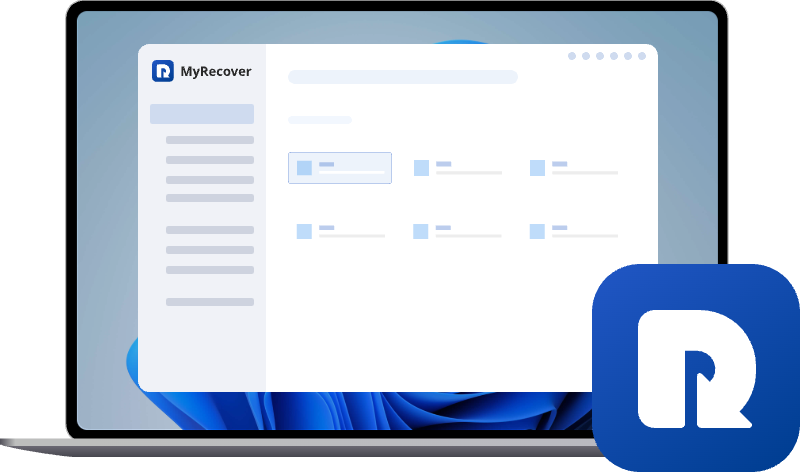Fixed: 0 Bytes Free NTFS C Drive Windows 10
When your NTFS C drive suddenly shows 0 bytes free in Windows 10, your computer may slow down, freeze, or fail to run updates. This problem often occurs due to hidden system files, disk errors, or corrupted file systems. In this article, you’ll learn how to apply proven fixes, reclaim storage and keep your Windows 10 running smoothly.
C Drive Suddenly Has 0 Bytes Free Space Windows 10
I've been tinkering with this issue for a few days now, and I keep coming up with dead ends. I turned on my laptop one morning and found that I couldn't make a new folder on my desktop. Upon investigating, I found that I had no room in my C: drive. Actually no room - 0 bytes free. I only had a quarter of the drive full as of the last time I checked.So, what happened, and what should I do to solve this problem? Thanks a lot!
What Does 0 Bytes Free NTFS Mean and Why It Occurs?
When your C drive shows 0 bytes of free space, it means your system drive (usually where Windows is installed) is completely full and there’s no storage left for new data or system operations. This can cause slow performance, system crashes, or even prevent Windows from starting. Here are the most common reasons why your C drive shows 0 bytes free space:
1. Too Many Temporary and System Files: Windows creates lots of temporary files, update leftovers, and cache data over time. These can silently fill up your C drive.
2. Large Windows Update or Upgrade Files: After a Windows update, large installation or rollback files remain in "C:\Windows\SoftwareDistribution" or "C:\Windows.old".
3. Too Many Installed Programs: Applications (especially games or creative tools) take up significant space on the system drive.
4. Large User Data on Desktop or Downloads: Your Desktop, Downloads, and Documents folders are stored on C: by default.
5. Hidden System Restore Points: System Restore can occupy tens of gigabytes in hidden restore points.
6. Hibernation File or Page File Too Large: Windows uses "hiberfil.sys" and "pagefile.sys" for memory management. These can grow large.
7. Hidden Junk or Malware: Sometimes malware or corrupted system logs can consume space rapidly.
8. Corrupted or Misreported Disk Space: Occasionally, a disk error can cause incorrect space readings.
How to Fix "0 Bytes Free NTFS C Crive" in Windows 10?
When your C drive reaches 0 bytes of free space, Windows can no longer perform essential tasks such as installing updates, running programs efficiently, or even booting properly. To restore system stability and reclaim valuable storage, follow these detailed and effective steps below to safely free up space and get your C drive back to normal:
1: Run Disk Cleanup
Disk Cleanup is a built-in Windows tool designed to free up space on your hard drive by deleting unnecessary system and temporary files.
Type "Disk Cleanup" in the search bar and open it.
Select C: drive.
Check boxes for "Temporary files", "System files", "Windows Update Cleanup", "Recycle Bin" or other files you don’t need.
Click "OK" → "Delete Files". Then wait for the process to be done.
2: Enable Storage Sense
Storage Sense is another built-in Windows tool that helps automatically free up disk space by removing unnecessary files, such as temporary files, Recycle Bin items, and old downloads. Unlike Disk Cleanup, Storage Sense can run automatically on a schedule.
Go to "Settings > System > Storage".
Turn on Storage Sense. Click "Configure Storage Sense or run it now".
Choose "Delete temporary files that my apps aren’t using" and click on "Clean now" if necessary.
If you want to make this tool run a schedule, you can choose how often you want it to run automatically under "Run Storage Sense": Every day, Every week, Every month, or During low free disk space.
3: Uninstall Unnecessary Programs
Open the "Control Panel", go to "Programs > Uninstall a program", then sort your programs by size and remove any large, unused software.
Or, go to "Settings > Apps > Apps & Features" to uninstall them.
4: Move Personal Files Off the C Drive
Large personal files like Videos, Pictures, and Downloads can take up significant space. Move these folders to another partition, an external drive, or cloud storage services such as OneDrive, Google Drive, or Dropbox.
5: Delete System Restore Points
System restore points can occupy a large portion of your C drive. To free up space and get rid of "C drive showing 0 bytes free" issue on Windows 10 or Windows 11 , you can safely remove old restore points.
Open the Start menu and type "System Protection", then select it. Choose your C: drive and click "Configure".
Click "Delete" to remove all existing restore points.
You can consider lowering the maximum disk space usage to a smaller percentage to prevent excessive accumulationand "0 bytes free NTFS C drive" issuein the future.
6: Disable Hibernation
Hibernation can take up a large amount of space on your C drive through the hidden hiberfil.sys file. Disabling it can free up several gigabytes instantly.
Press "Win + X" and select "Command Prompt (Admin)". Then type powercfg -h off and press Enter. This will immediately delete the hibernation file.
Disabling hibernation helps reclaim valuable storage without affecting your regular system usage, especially if you rarely use this feature.
7: Scan for Malware or Hidden Junk
Malware and hidden junk files can silently consume a lot of space on your C drive. Regular scanning helps ensure your system stays clean and efficient. Run a full scan with Windows Defender to detect and remove malicious software.
8: Check and Repair Disk Errors
Disk errorsor file system error can cause lost space and slow down your C drive. Regularly checking and repairing these errors helps maintain system stability and recover hidden storage.
Open Command Prompt (Admin), then type "chkdsk C: /f /r" and press Enter. Restart your PC and allow Windows to scan and fix any file system errors automatically.
By repairing disk errors, you can prevent further space loss and keep your system running smoothly.
9: Reinstall OS on the C: Drive
If the above methods do not work and the "0 bytes on C drive" problem still persists, the last resort might be reinstalling operating system from scratch. This will reset your C drive to a fresh state, removing accumulated system clutter, unnecessary files, and potential hidden issues.
Backup Your Data: Before proceeding, move all important files from the C drive to an external drive(recommended to use Windows’built-in backup features, such as File History, to back up your important files), another partition, or cloud storage. This ensures no data is lost during reinstallation.
Step 1. Download the Windows Media Creation Tool from the official Microsoft website.
Step 2. Run the tool and create a bootable USB drive with the latest Windows version.Make sure the USB drive has at least 8 GB of free space.
Step 4. Restart your PC and press the required key (usually F12, F2, Esc, or Del) to enter the boot menu.Select the USB drive as the boot device.
Step 5. Follow the on-screen instructions.
Step 6. When asked to choose a partition, select C: and format it.
Continue the installation process until Windows is fully installed. After installation, reinstall your programs and move back your personal files from the backup location.
Conclusion
By following these steps, you can effectively resolve the "0 bytes free NTFS C drive" issue in Windows 10or Windows 11and restore your system to normal operation. Remember to monitor your disk usage periodically and keep at least 10–15% of your C drive free for smooth system performance. With proper care and organization, you can ensure your PC remains fast, stable, and free from unexpected storage problems.
Backing up important files before reinstalling the operating system is crucial. If you forget to create a backup or lose it, don’t worry—you can use professional data recovery software like MyRecover, which can help restore your data even after reinstalling Windows, without requiring a prior backup.

- Two Scan Modes — Quick Scan for recently deleted files and Deep Scan for thoroughly lost data.
- Over 1000 File Formats Supported — Documents, photos, videos, CAD files, emails, and more.
- Compatible with All Drives — HDDs, SSDs, USB drives, SD cards, and external hard disks.
- Easy to Use — Just 3 clicks to complete recovery.
- Preview Before Recovery — Verify the content before restoring files.


